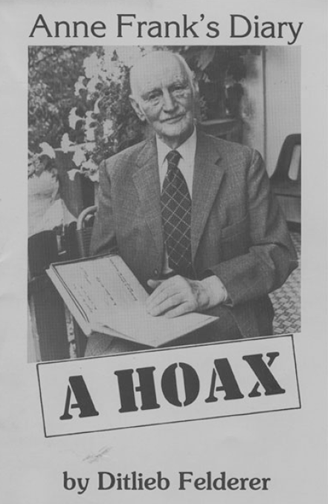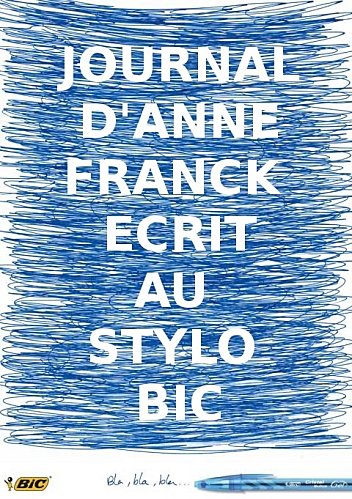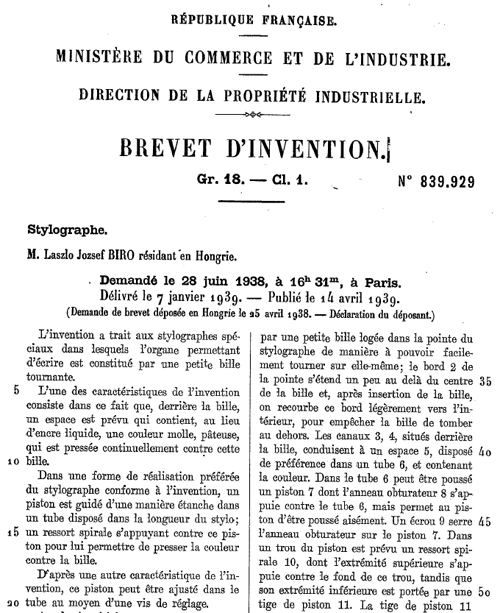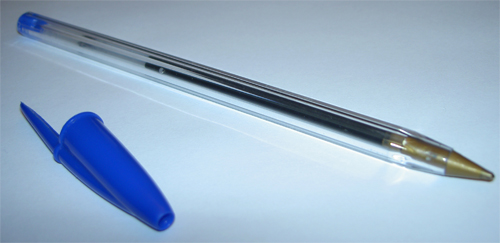Anne Frank's Diary - A HOAX[/large]

[center]Felderer Dietlieb - Le journal d Anne Frank un faux (eng).pdf
[large]http://www.balderexlibris.com/index.php?post/Felderer-Ditlieb-Anne-Frank-s-diary-A-hoax[/large]
Felderer Dietlieb - Anne Frank s diary - A HOAX.pdf (7.9 MB)[/center]
[center][large]FOREWORD[/large][/center]
 [justify]It is with mixed feelings that we present here the first real expose ever undertaken on The Diary of Anne Frank. From having been positive to the diary our standpoint gradually changed to the negative until we finally had to dismiss the whole thing as a forgery. This study gives our reasons for believing so. In all honesty we must admit that our previous positive stand was not based on a serious study of the diary itself. Like most other people we neither had the inclination to search into a young girl's miseries and tragedies nor did we have the time to give the diary a detailed study. Any negative statement we viewed as most others likely have done: coming from anti Semites, Jew haters, former Nazis or Fascists. The issue was then dropped.
[justify]It is with mixed feelings that we present here the first real expose ever undertaken on The Diary of Anne Frank. From having been positive to the diary our standpoint gradually changed to the negative until we finally had to dismiss the whole thing as a forgery. This study gives our reasons for believing so. In all honesty we must admit that our previous positive stand was not based on a serious study of the diary itself. Like most other people we neither had the inclination to search into a young girl's miseries and tragedies nor did we have the time to give the diary a detailed study. Any negative statement we viewed as most others likely have done: coming from anti Semites, Jew haters, former Nazis or Fascists. The issue was then dropped.Recently our interest got rekindled partly by our attempt to rebut Richard Harwood's book Did Six Million Really Die? The Truth At Last.
The book threw us completely out of our senses for we felt surely it must be a well established fact that more than six million Jews had been exterminated and that there were gas chambers all over Hitler's Germany. We immediately recognized the danger if this sort of distortion should spread and so we decided to find errors in the book and in this way counteract it. We felt the task would be simple seeing the facts of the "Holocaust" are so thoroughly documented. Perhaps this was our mistake for in doing so we could not help but get intrigued and involved with an issue we would never have dreamed to get involved with only a few years ago. Have we been fooled? If so, by whom and how could they so easily have fooled us? Were we not trained researchers? What is the purpose of those trying to fool us? While reasoning these matters out we necessarily also stumbled on Anne Frank. After all, she is the pinnacle of the Holocaust theory. Harwood mentions in the first edition of his book that the diary is a forgery. Unfortunately for Harwood, he seems to have been misled as the court case concerning Meyer Levin apparently did not concern the diary but a play built on the diary. (Compare Meyer Levin, The Obsession, Simon & Schuster, NY, 1973). However this discovery proved to be even more unfortunate for us, for while we found this out, checking up pertinent material we could not help but discover numerous peculiarities, some so grave we wondered how it was that no one had aired these problems before.
Harwood had recognized the patient was sick but he had apparently given the wrong diagnosis. The question now came up: Should we keep silent or tell the world about our discoveries? Perhaps the lie after all did some good? Did it not expose Hitler and his Nazi Germany? Was it not useful in giving Jews their own homeland in Palestine? Did not her case give us the feeling Jews had the right to evict the Palestinians? Did not Anne symbolize the persecuted Jewish child? Was not in fact the whole Holocaust propaganda built up on the diary ? These and other questions kept circulating in our minds, disturbing us with many sleepless nights.
However, truth prevailed. We have found no other choice but to give to the world that which we have found. Truth and propriety must stand above everything else. If truth is destroyed our earth is on the brink of collapse.
The environment is built on truth. Truth should have nothing to fear. And so we present our study to the readers.
The colossal hoax surrounding the Anne Frank diary is so immense, the implications so profound that mankind must find out about it. It is our solemn wish that mankind, through our exposure will be inspired to keep fighting for truth no matter whom it might hurt. Our intention to expose the racket is further prompted by the callous spirit of those people defending it without the least consideration whether it is a genuine document or not. Numerous people who in one way or another have been involved with the diary have pleaded with us to keep the matter quiet. They feel that the "intentions" were well meant. However when we recognized their selfish interests it only gave us more assurance we were doing the right thing by exposing it.[/justify]
 Histoires & Passés[center]_______________[/center]
Histoires & Passés[center]_______________[/center] 